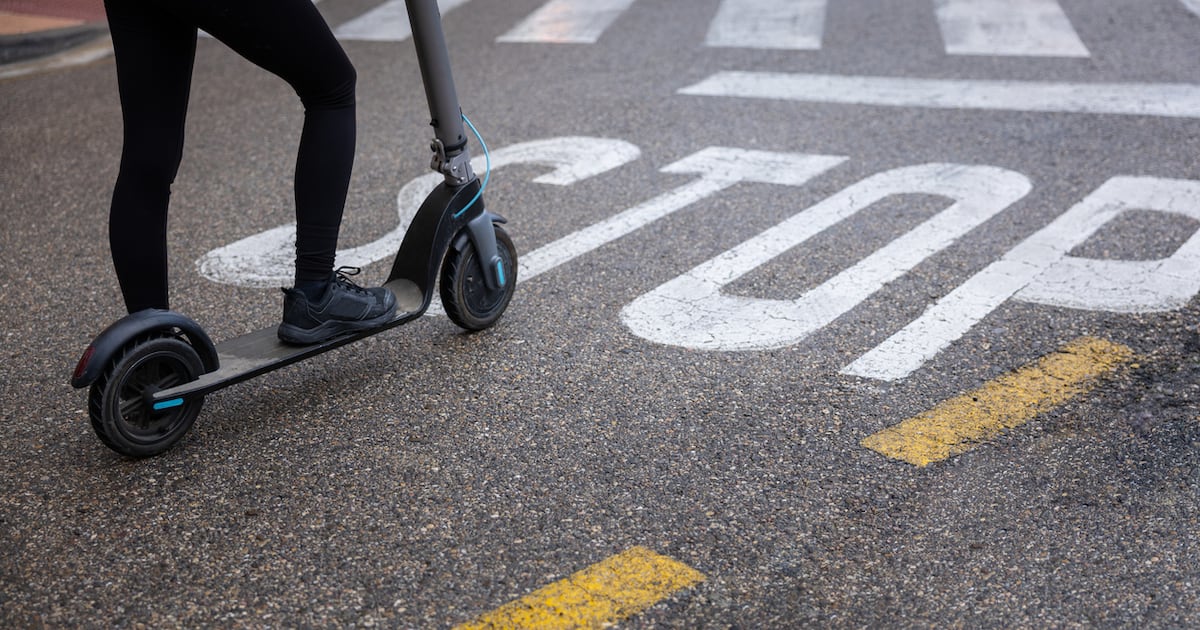Irish doctors have called for “prioritisation” of further e-scooter regulations after a new study found there was a year-on-year increase in injuries related to the motorised vehicles, creating a “growing challenge to healthcare”.
Since May 2024, e-scooters have been legal on Irish roads, but they must weigh 25 kilos or less and have a maximum speed of 20km per hour or less.
They are increasingly being used by commuters for convenience and to avoid traffic congestion.
A study, published in the latest issue of the Irish Medical Journal on Thursday, found e-scooter related injuries “represent a significant and growing burden on trauma and emergency care systems”.
According to the analysis of data from the Mater hospital in Dublin, there were 380 patients treated for e-scooter injuries in 2021-2023.
The majority (259) of these patients were men, with 59 per cent aged 20-39.
Eight per cent of incidents or 29 patients related to a pedestrian being struck by an e-scooter, while one third of patients required transport to the hospital by ambulance.
There were 173 presentations at the hospital’s emergency department related to e-scooter injuries between July 1st, 2021 and June 30th, 2022. This rose to 207 during the same period in the following year.
There was also an increase in presentations highlighted during July, August and September in both years, the analysis found.
[ E-scooters perceived as most dangerous form of transport in Ireland, report findsOpens in new window ]
Most of these patients (86 per cent) were discharged from the emergency department, with 44 per cent of those requiring follow-up care. The authors said this suggested that, “while the mechanism of injury often appeared severe, many injuries were ultimately less critical”.
However, the study found that 53 of these patients required admission to hospital, and 43 of these patients required surgery.
The admitted patients required a total of 294 hospital days, with an average length of stay of 5.5 days.
Ten patients were admitted to critical care, and there was one reported fatality of a pedestrian with a traumatic brain injury who was struck by an e-scooter.
The authors of the study said e-scooter injuries “more frequently involve the head and upper extremities”.
“The injury patterns leads to higher rates of injuries requiring admission and surgery, compared to those seen in bicycle-related trauma,” the study added.
“The risk associated with e-scooter use cannot be overstated and careful thought and regulation about rider safety must be prioritised beyond current minimal provisions. Further, proposals for unregulated e-scooter rental availability present a very serious public health risk when late-night use is considered.”
The authors called for “improved safety measures” including public awareness campaigns, helmet mandates and improvements in infrastructure to “reduce injury severity”.

